Arnolfo Di Cambio Paintings
Arnolfo di Cambio, born around 1240, was an influential Italian architect and sculptor who played a significant role in the development of Italian Gothic architecture. His work marks a transition from the classical simplicity of Romanesque architecture to the more ornate and vertical Gothic style. Although precise details of his early life are scarce, it is believed that Arnolfo was born in Colle di Val d'Elsa, near Siena, Italy.
Arnolfo's training and early career are not well-documented, but it is widely accepted that he was influenced by the works of Nicola Pisano, a pioneering sculptor of the time. Arnolfo's career took a significant turn when he moved to Rome in the latter half of the 13th century, where he worked on various projects, including contributions to the Basilica of St. John Lateran and possibly the design of the original Santa Maria Maggiore.
However, Arnolfo di Cambio's most enduring legacy is his work in Florence. Around 1296, he was commissioned to design the new cathedral, Santa Maria del Fiore, better known as the Florence Cathedral. His designs laid the foundation for what would become one of the most iconic examples of Gothic architecture in Italy. Although the cathedral was not completed until well after his death, Arnolfo's plan included the vast nave and the basic structure that would later be crowned by Brunelleschi's famous dome.
In addition to his architectural achievements, Arnolfo di Cambio was also a master sculptor. He is credited with creating several significant works, including the statue of St. Peter in St. Peter's Basilica in Rome, and the Ciborium in the Basilica of Santa Cecilia in Trastevere. His sculptural style, characterized by a mix of Gothic and classical elements, had a profound influence on the development of Italian sculpture.
Arnolfo di Cambio's work represents a pivotal moment in the history of art and architecture, bridging the gap between the medieval and Renaissance periods. His contributions to architecture, particularly in Florence, laid the groundwork for the flourishing of Renaissance art and architecture. Despite the lack of detailed documentation about his life, Arnolfo's legacy lives on through his monumental works, which continue to inspire and awe visitors from around the world. He is believed to have died around 1310, leaving behind a body of work that forever changed the landscape of Italian art and architecture.
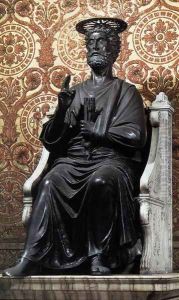
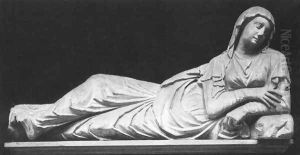
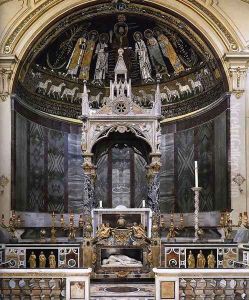
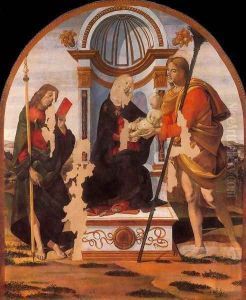
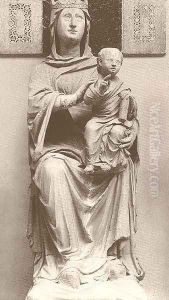
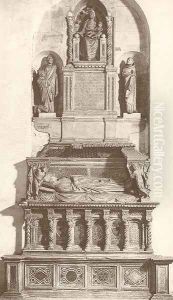
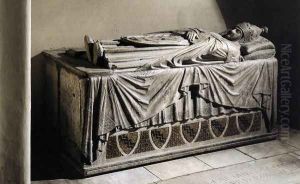
![Tabernacle [detail #2]](https://www.niceartgallery.com/imgs/148244/s/arnolfo-di-cambio-tabernacle-detail-2-c3feea35.jpg)
![Tomb of Boniface VIII [detail #2]](https://www.niceartgallery.com/imgs/148246/s/arnolfo-di-cambio-tomb-of-boniface-viii-detail-2-b74aecc4.jpg)
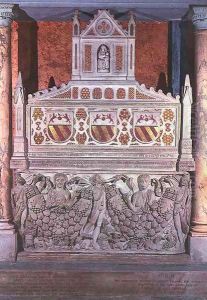
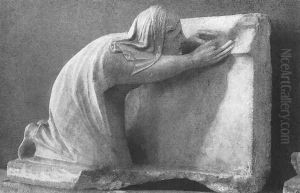
![Tabernacle [detail #1]](https://www.niceartgallery.com/imgs/148250/s/arnolfo-di-cambio-tabernacle-detail-1-4ff1dc91.jpg)
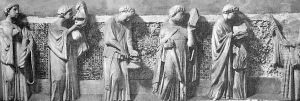
![Tomb of Boniface VIII [detail #1]](https://www.niceartgallery.com/imgs/148252/s/arnolfo-di-cambio-tomb-of-boniface-viii-detail-1-3b45da60.jpg)